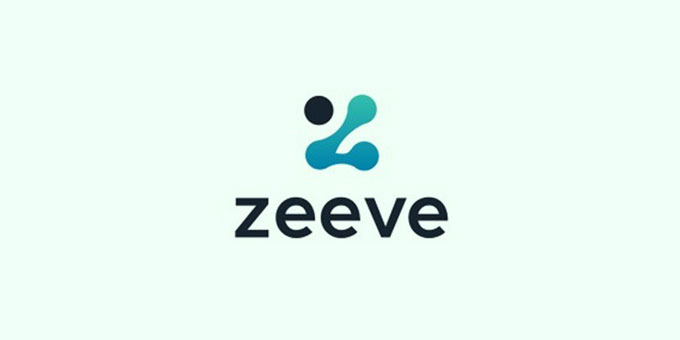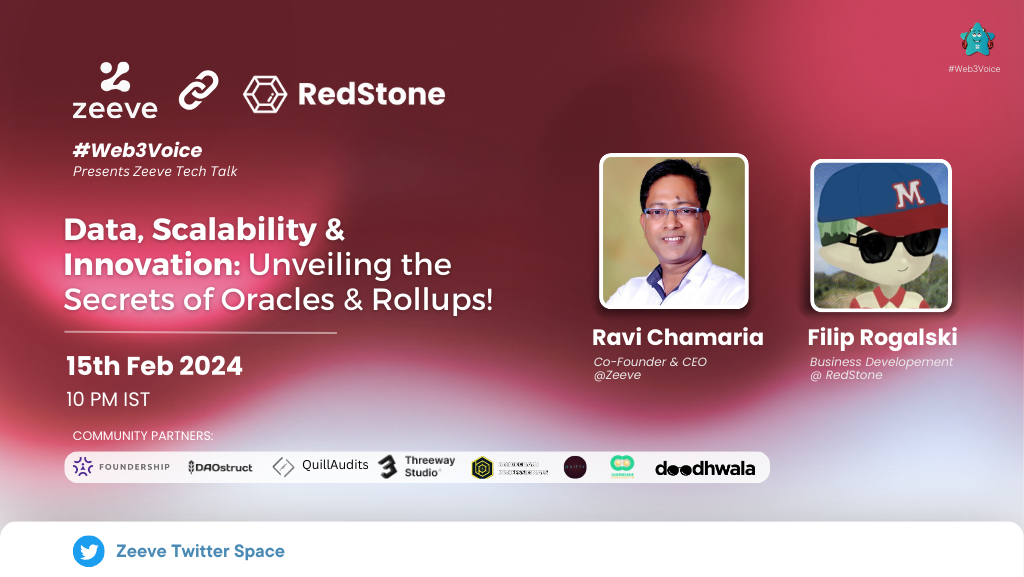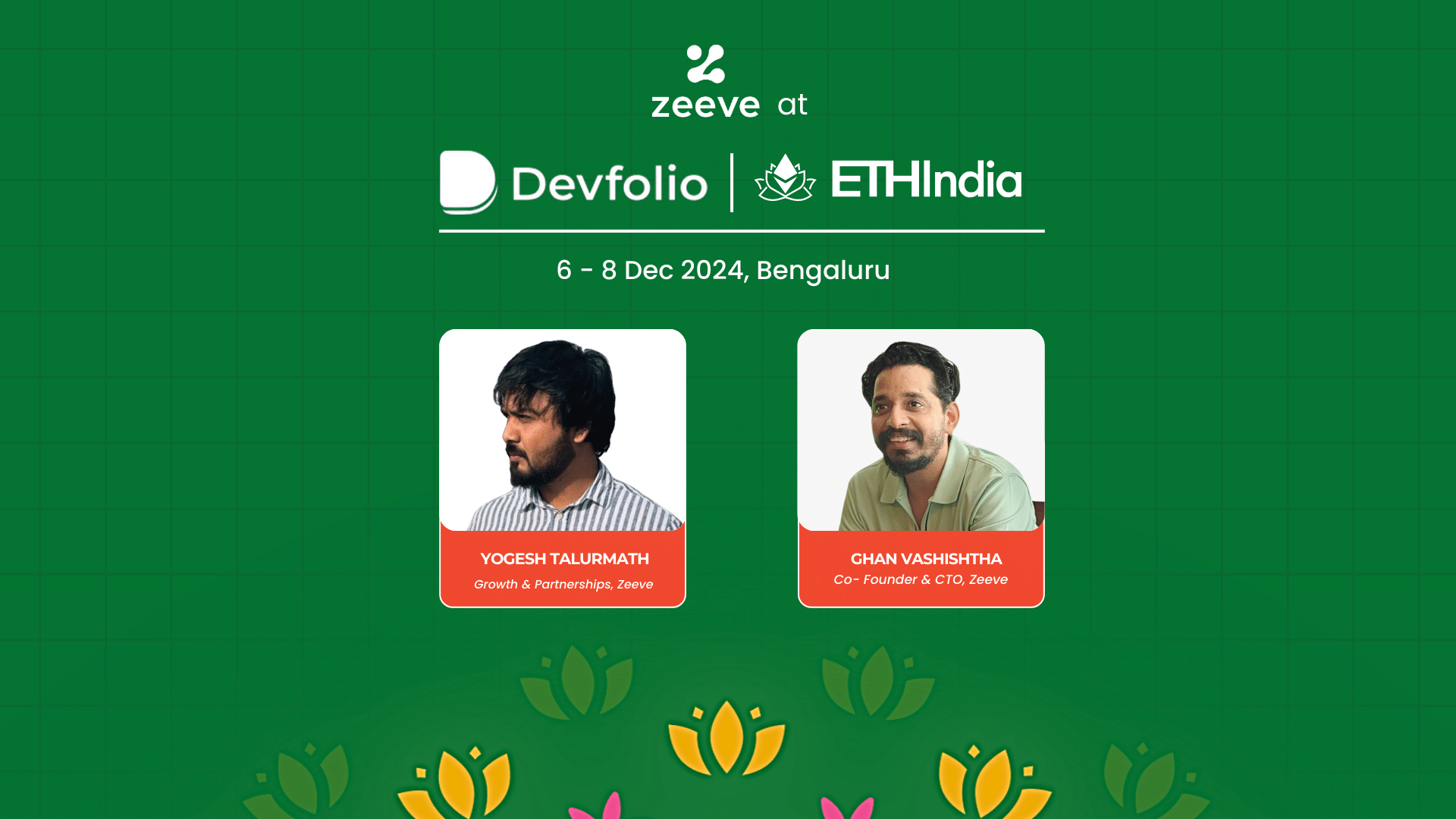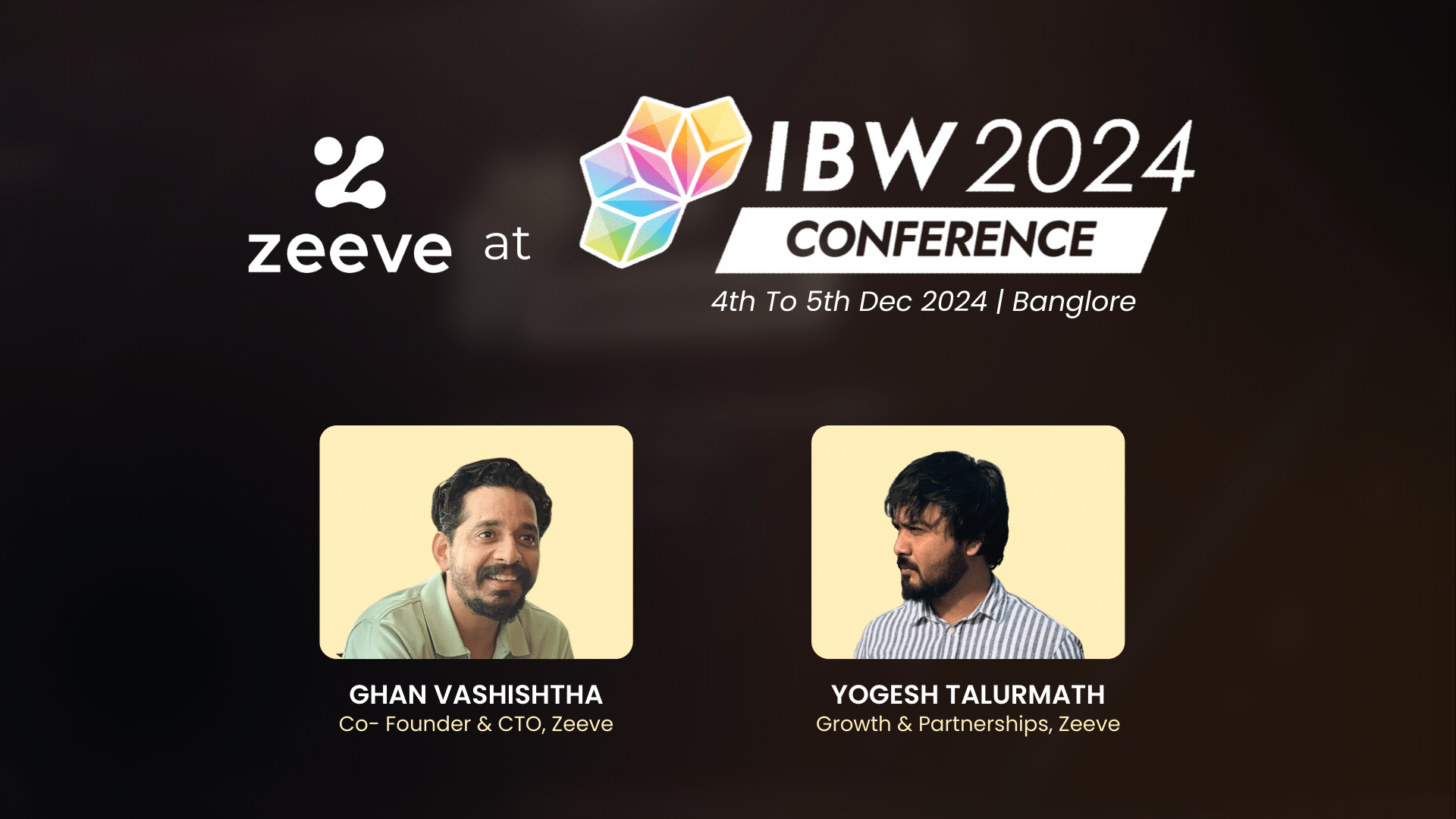Dr. Ravi Chamria, Co-founder & CEO of Zeeve, and Filip Rogalski handling Business Development at RedStone, had a one-on-one discussion on X on 15th of Feb 2024 to talk about Data Scalability and Innovation in Web3 Space with Oracles and Rollups.
The discussion started with a brief explanation of decentralized oracles. Filip explained Oracles with an interesting analogy that goes like this: if you consider blockchain to be a computer that can do computation using smart contracts, an Oracle is the internet connection that can help your computer access the information.
Both discussed the use cases of Oracles and active Dapps that are taking advantage of the technology and the supported Layer One and Layer Two chains by RedStone.
Filip explained how RedStone is a chain-agnostic platform and how its infrastructure is built so that listeners understand it better. He also mentioned that modularity was the highlighting feature of RedStone while explaining how easy it is for EVM chains to use it. As easy as just deploying a smart contract and testing it.
People want integrations quickly. Without a platform like Zeeve or RedStone, the integrations can take a long time. Setting an infrastructure like a separate decentralized oracle is a nightmare for anyone. Therefore both discussed the importance of the collaboration for new Layer Twos and existing Layer Ones choosing Layer Twos and rollups for scalability.
The discussion went further with information on supported data sources by RedStone and how data integrity is ensured by the platform.
While describing the differentiating features of RedStone, Filip mentioned modular infrastructure, fast deployment on multiple chains, quick rollouts, and the inclusion of multiple assets on many chains.
The conversation ended with a quick talk on how decentralized oracles are maturing with the increasing demand, use cases of oracles, and what both of the experts think about the rollup space and its future.
This is the most interesting part of the discussion where both rationally explained how it’s a numbers game. Some rollups will be tremendously successful and some may not. But the industry is growing and the key is transactions. And why one needs to bring more users and transactions to their roll-up to make it economically viable. I’m sure you don’t want to miss this. Check it out here:
























